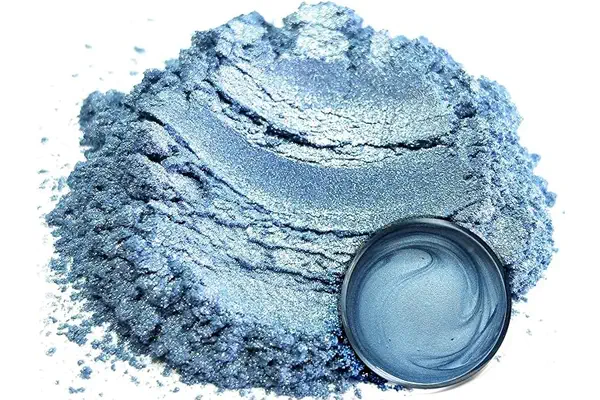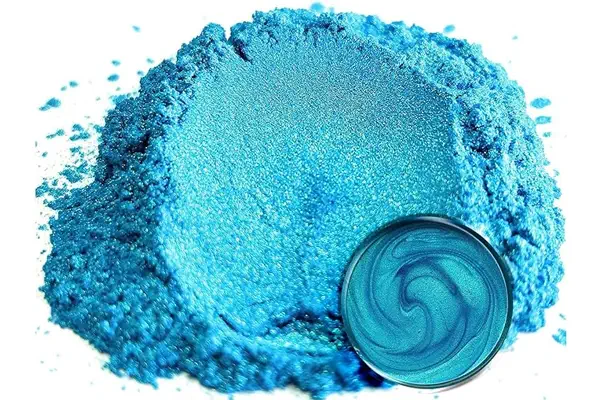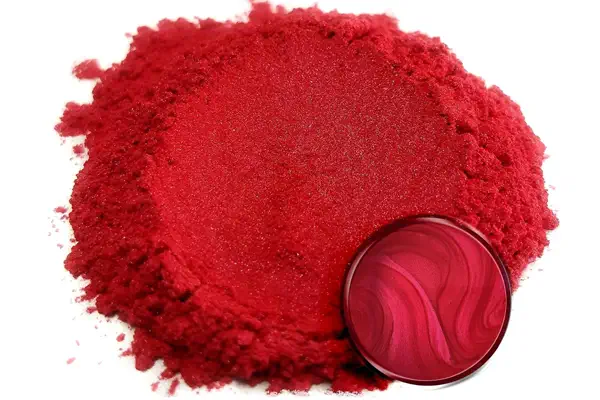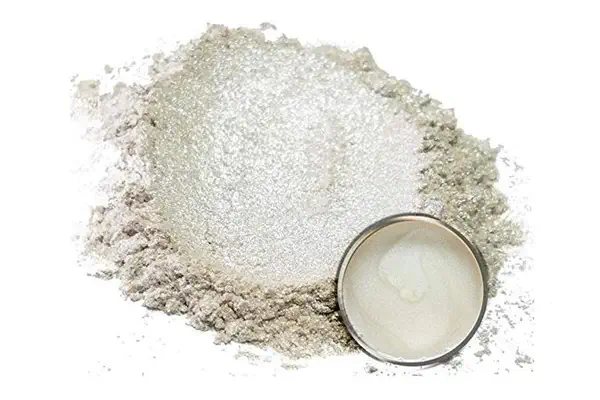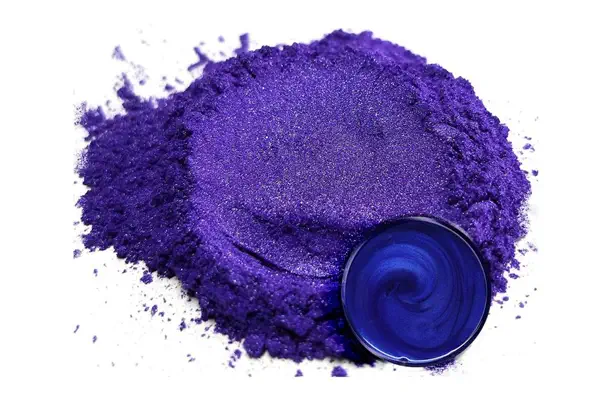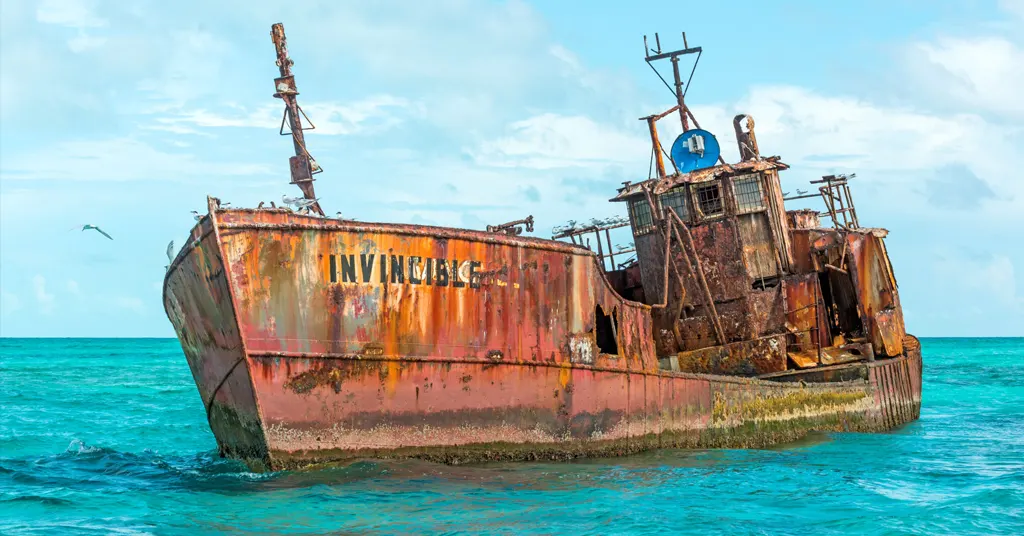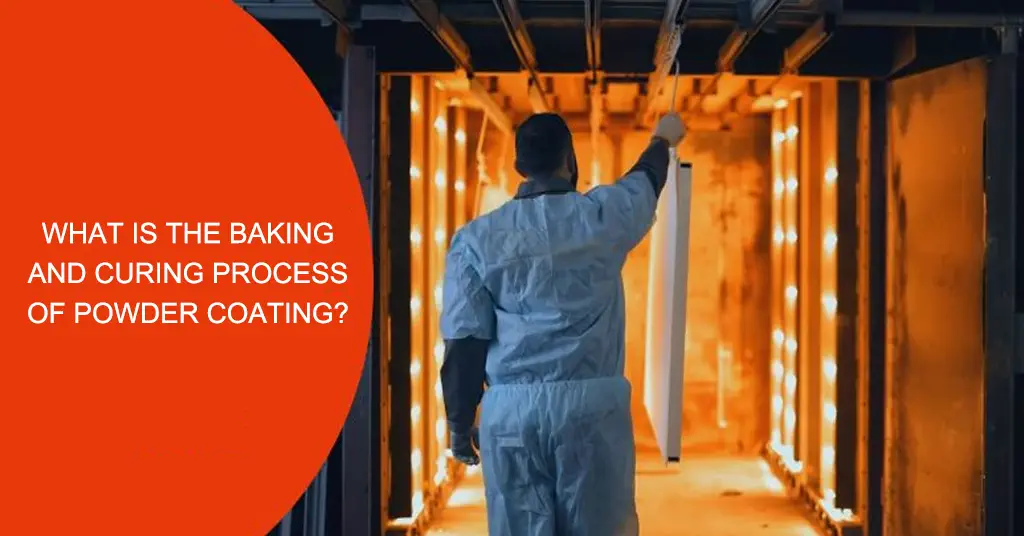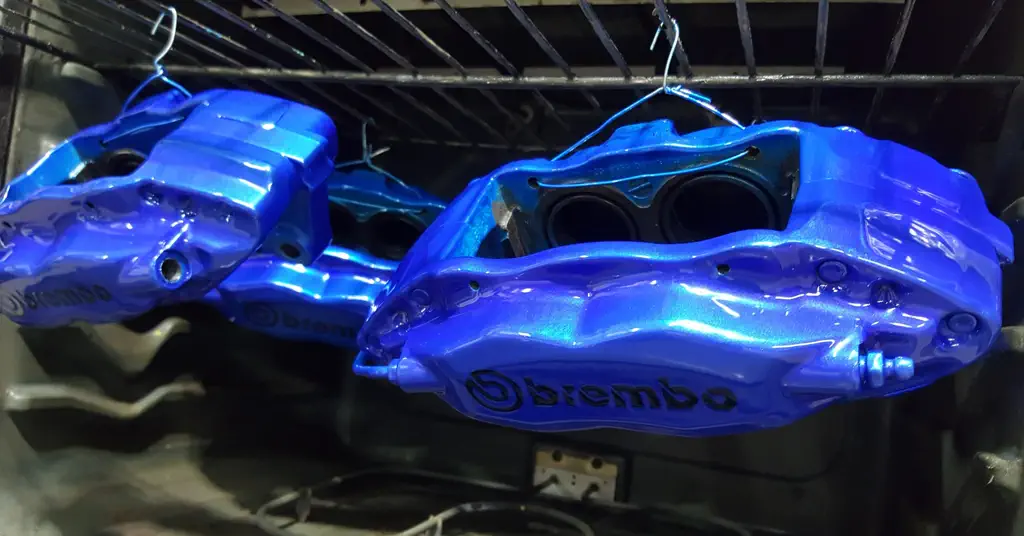What are the types of powder coatings?
There are many types of powder coatings, and non-professionals may be confused when purchasing. Common powder coating terms such as epoxy resin, acrylic resin, polyvinyl chloride, polyurethane powder coating, and fluorocarbon powder coating are particularly unfamiliar to ordinary people. So do you want to know what types of powder coatings are there? Do you want to know what the performance differences are between different types of powder coatings and what industries and fields specific powder coatings can be used in? Read further into this article and we’ll tell you the ins and outs between the different powder coating types.
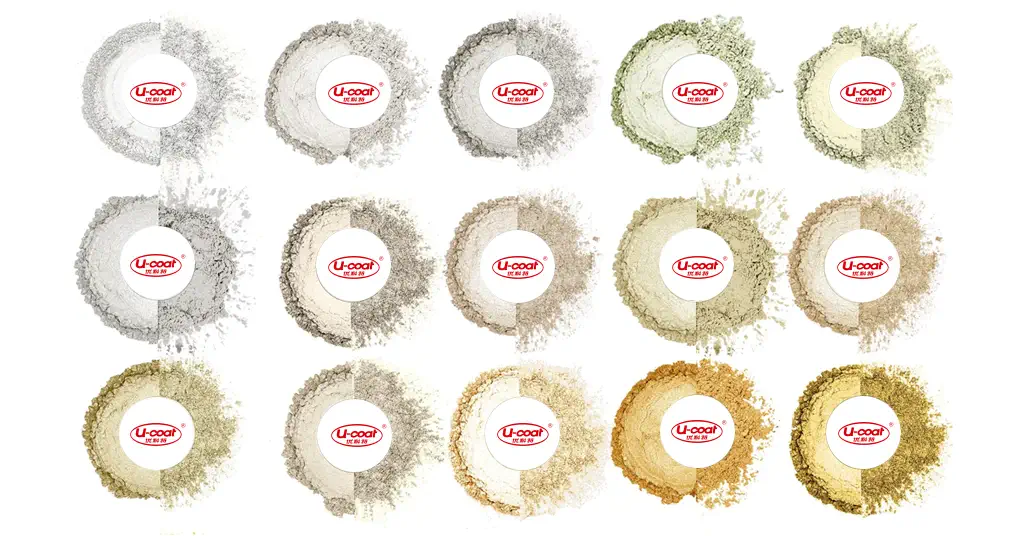
1. Types of powder coatings
Powder coatings can be divided into three different types according to product performance and application fields: thermosetting powder coatings, thermoplastic powder coatings and ultraviolet curing powder coatings.
Thermosetting powder coating is a kind of powder coating that chemically reacts with the curing agent during the baking process to form an insoluble and infusible coating film. Thermosetting powder coatings usually consist of thermosetting resins, curing agents, pigments, fillers and additives. Common thermosetting powder coatings include: epoxy resin powder coating, epoxy-polyester powder coating, polyurethane powder coating, acrylic powder coating, etc.
Thermoplastic powder coatings use powder coatings based on vinyl chloride copolymers, polyamides, fluoropolymers and thermoplastic polyesters. Thermoplastic powder coatings are the earliest powder coatings developed. However, as the many features and advantages of thermosetting powder coatings far exceed those of thermoplastic powder coatings, the market share of thermoplastic powder coatings is constantly declining and is currently less than 10%. Thermoplastic powder coatings are difficult to grind into fine particle sizes and require high molecular weight binders resulting in poor leveling at baking temperatures.
c. UV curable powder coating
UV curing powder coating is a new technology that combines traditional powder coating and UV curing technology. The biggest feature of UV-cured powder coatings is that the process is divided into two obvious stages. Early curing of the resin will not occur during the melting and leveling stage of the coating, thus providing ample time for the coating to fully level and eliminate bubbles. In this way It fundamentally overcomes the stubborn problems of heat-cured powder coatings and eliminates the shortcomings of UV-cured liquid coatings.
The use of UV curing technology can significantly reduce the temperature of the heating and curing process and improve production efficiency. It not only saves resources, energy, manpower, time and space, but also avoids excessive heating of the substrate, opening up a wider application field for powder coatings. For example, it is used in wood, plastic, paper, heat-sensitive alloys and metal components containing heat-sensitive parts.
2. What are the common thermosetting powder coatings?
Epoxy resin powder coatings have excellent metal bonding ability, corrosion resistance, surface hardness, flexibility and impact strength, and are the preferred products among thermosetting powder coatings. Epoxy powder coatings are easy to use and come with a variety of curing options. Epoxy resin has very good adhesion to metal. After the metal is pre-treated with phosphate coating and sandblasting, the epoxy resin can adhere firmly to the metal surface and will not easily fall off.
A major disadvantage of epoxy resin powder is its poor weather resistance, as it will fade and chalk in the sun when exposed to the elements. This makes epoxy powder coatings more commonly used in indoor environments.
Compared with epoxy resin powder coating, polyester powder coating has better weather resistance and UV resistance. Because polyester fiber has polar groups, the powder adsorption rate is higher than that of epoxy resin. It is not easy to yellow and discolor during the baking process. It has higher gloss, good leveling, and better decorative properties. Polyester powder coatings are usually used in household appliances such as refrigerators, washing machines, vacuum cleaners, and instrument casings.
The two most widely used polyester fiber powder coatings are TGIC (triglycidyl isocyanurate) and non-TGIC (sometimes called “Primid”), both of which have good mechanical strength, chemical resistance , excellent flexibility and impact resistance. As the workhorse of powder coatings, polyester fiber powder coatings are the first choice for outdoor applications.
c. Ultra-durable polyester fiber powder coating
Ultra-durable polyester powder coating is an upgraded version of ordinary polyester powder coating. Ultra-durable polyester fiber powder coating is made of high-performance polyester resin, highly weather-resistant fillers and special additives, and has super weather resistance, corrosion resistance and chemical resistance. Due to the superior performance of ultra-durable polyester fiber powder coatings, it is widely used in building exterior walls, industrial equipment and transportation facilities. Ultra-durable polyester powder coating maintains color and shine for 5-10 years longer than regular polyester powder coating. In addition, its moisture resistance and corrosion resistance are also better, and of course the purchase cost is more expensive.
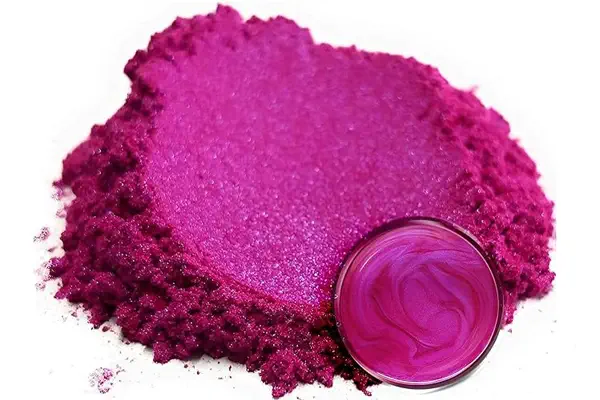
Epoxy polyester powder has better climate degradation properties than ordinary epoxy resin powder coatings. Epoxy and polyester can be mixed in various proportions to highlight the characteristics of epoxy or polyester. Increased proportions of polyester can enhance bake resistance to create smoother films while reducing the production cost of pure epoxy powder coatings. The increased proportion of epoxy resin will help enhance the corrosion resistance and chemical resistance of the product, making it perform better outdoors and in harsh environments. Epoxy polyester powder coatings are commonly used in furniture, shelves, indoor lighting, power tools, stoves, dryers and other fields.
The main film-forming substances of polyurethane powder coatings are hydroxyl polyester and blocked isocyanate. In terms of composition, polyurethane powder coatings can also be classified as a type of polyester powder coatings. Polyurethane powder coating has the advantages of good wear resistance, good decorative properties and strong corrosion resistance. The coating film of polyurethane powder coating has good leveling and storage stability, but after unblocking, small molecule blocking agents will be released, causing the coating film to easily produce pinholes. Polyurethane powder coatings are often used in industries such as agricultural equipment, air conditioners, automobile wheels and door handles.
Thermoplastic fluorine powder coatings have good weather resistance and heat resistance, but they also have problems such as high melt viscosity, poor adhesion, and low surface gloss. In order to solve these problems, thermosetting fluorocarbon powder coatings emerged. Thermosetting fluorocarbon powder coating is a powder coating with hydroxyl groups on the chain segments of chlorotrifluoroethylene or tetrafluoroethylene and vinyl ether copolymer. This powder coating solves the shortcomings of thermoplastic powder coatings and also has excellent weather resistance, super chemical resistance, good dispersion and adhesion. The most common fluorine-containing powder coatings are FEVE and PVDF, which are widely used in exterior buildings such as curtain walls, doors and windows.
The above are the classification standards and common powder coating types of powder coatings. Considering that thermoplastic powder coatings have a low market share and are no longer popular products, the corresponding thermoplastic powder coatings are not listed in this article. Powder coating is a first-choice product for excellent appearance and weather resistance treatment. By adjusting the ratio of masterbatch pigments, powder coatings of various colors can be customized. If you need to deal with special external environments, such as highly corrosive and high-temperature conditions, you can adjust the ratio of epoxy resin and polyester to produce corresponding powder coatings.

Erik
Doctor of Chemical Engineering, expert in the field of powder coatings, with over 20 years of professional experience in the research and application of powder coatings
Have Anything To Ask Us?
